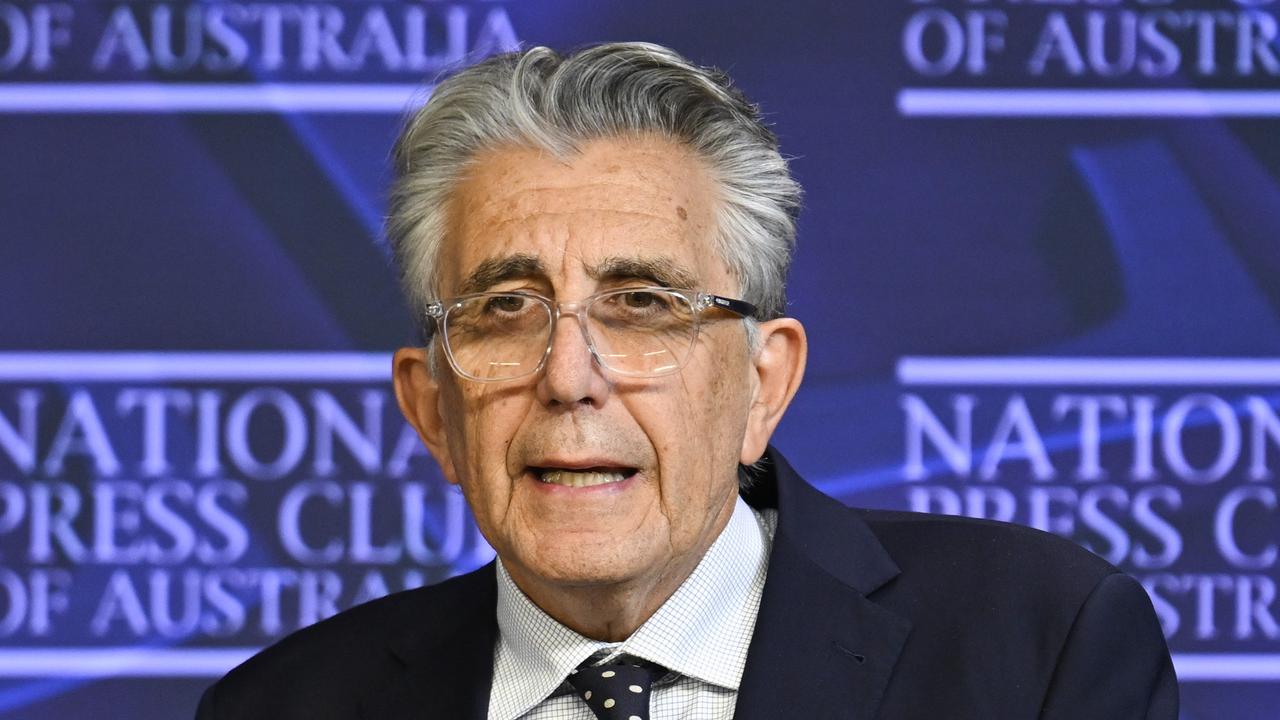Appeal verdict shows murder trial jury was misled by DNA on a didgeridoo
THE idea ‘you can’t argue with the science’ was shattered as the High Court explained why it ordered the release of Daniel Fitzgerald.
IT’S called the CSI effect: the one that has juries eager to convict as soon as they see scientific evidence of a person’s guilt.
However, the idea “you can’t argue with the science” was shattered this week as the High Court explained why it ordered the immediate release of Daniel Fitzgerald, a 27-year-old man serving life for murder with a non-parole period of 20 years.
The court didn’t even need time to think when it heard Fitzgerald’s appeal in June. It took a 10-minute break at the end of the arguments and came back with its verdict — not guilty.
Not even Andrew Mallard — who spent 12 years in jail for the murder of Perth jeweller Pamela Lawrence until the High Court intervened in 2006 — got that kind of service. He was inside for another six months before prosecutors decided a retrial was futile. (They later charged another man who committed suicide before his trial).
Fitzgerald’s lawyers say it proves that juries can be “blinded by the science”, while NSW’s top public defender says it points to the dangers of relying too heavily on DNA evidence, especially when it involves a “secondary transfer”.
Like Mallard, Fitzgerald had been found guilty at trial and on appeal. And like Mallard, he had to rely on a team of pro bono lawyers to remedy a clear injustice.
The crown claimed Fitzgerald and his co-accused, Grant Sumner, were part of a larger group of men who broke into a house in Elizabeth, Adelaide, at 6am on June 19, 2011, killing one person, Kym Drover, and leaving another with brain damage.
Six people present during the attack failed to identify Fitzgerald. The only evidence linking him to the crime scene came from a DNA sample taken off a didgeridoo. However there was some doubt around the sample; was this was a primary transfer involving direct contact, or a secondary transfer — when one person’s DNA is placed on an object by another person without leaving any trace of their own DNA.
A few hours before the attack, Sumner had gone to the house after attending a boxing match. There was an argument and a fight and Sumner returned the next morning with a group of men, which the Crown said included Fitzgerald.
Both men were convicted, with the South Australian Court of Appeal saying it was open to the jury to conclude that Fitzgerald’s DNA was deposited on the didgeridoo by primary transfer during the attack. It buttressed this finding with an observation that the secondary transfer theory depended on “a succession of unlikely events”.
Fitzgerald’s family then got in touch with the barrister who acted for Sumner, Andrew Tokley SC, and asked if he could help. Tokley roped in Matt Selley, a partner at Adelaide law firm Innes Selley, and the leader of his chambers in Sydney, former commonwealth solicitor-general David Bennett. It was Bennett’s first murder case in 47 years at the Bar, but he made such a compelling case that the judgment looked a lot like his argument. There was no evidence of motive, said Bennett, no evidence of close association with others in the group, no record of interview and no evidence of how old the DNA was, just one small sample from the didgeridoo.
Most importantly, he said, the prosecution had failed to exclude an alternative hypothesis for the DNA — that there had been earlier contact between Fitzgerald and Sumner that found its way on to the instrument. How about the fact that the pair had twice shaken hands earlier that evening at a boxing match?
Even the crown expert has accepted that as a possibility. “The expert never said ‘if you shake hands with someone, it is unlikely that DNA is transferred’,’’ Bennett said in his argument.
He suspected some links had been made to form a dubious chain: “They say because blood is a better carrier than other things and there is a larger and smaller component here, the larger one must be blood. The logic of that is this: A is greater than B, C is greater than D, therefore A equals C … it is as silly as that. The proposition just does not stand up to any logical analysis.”
The High Court agreed, saying that “a jury, acting reasonably, should have entertained a reasonable doubt” as to Fitzgerald’s guilt.
Mr Selley said he had never met Fitzgerald and had only dealt with his sister. “It’s horrific to think you can be sent to jail for 20 years for shaking hands with someone who subsequently commits an offence in which you had no involvement.’’
He believes television programs involving forensic science, such as the popular Crime Scene Investigation, are partly to blame. “The danger with DNA evidence is that the average jury member is likely to be blinded by the science.”
The Senior Public Defender in NSW, Mark Ierace SC, said the Fitzgerald decision showed DNA evidence could be a trap for prosecutors — especially when it involved a secondary transfer.
“Each possible explanation for secondary transfer needs to be considered against the background of that expert evidence and excluded as a reasonable possibility,’’ Ierace said. “This case demonstrates how easily such a scenario may be overlooked, leaving a fatal flaw in a prosecution case.”
And a man serving 20 years’ jail for another person’s crime.


